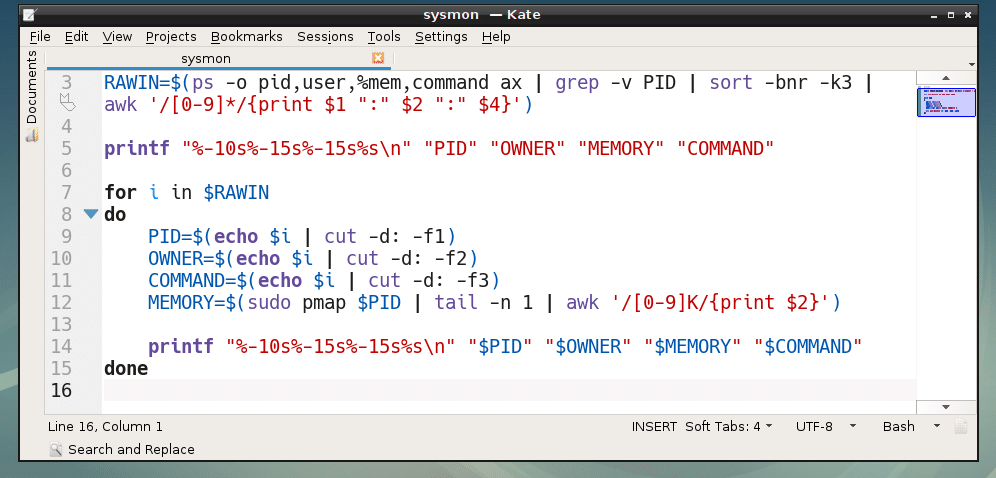

#Check cpu memory usage linux free#
The meminfo file contains information such as the total amount of memory on your system, the amount of free memory, and the amount of memory that is being used by process. This file is a part of the proc filesystem, which gives you access to information about the running processes on your system. proc/meminfo is a file that contains information about memory usage on your system in Linux. Procs -–memory-swap– -–io-system– -cpu-–

For example, if you want to report information on a sampling period of 10 seconds, you would type: vmstat 10 The default interval is 1 second, but you can change it to any value you want. This flag tells vmstat to report information on a sampling period of length delay. The vmstat interval in Linux can be specified. The process and memory reports are instantaneous in either case. Additional reports give information on a sampling period of length delay. The first report produced gives averages since the last reboot. Vmstat reports information about processes, memory, paging, block IO, traps, disks and cpu activity. The vmstat command has many options, but we will only be discussing a few of them in this article. This can be helpful for troubleshooting or for getting a general overview of how your system is performing. The vmstat command is used to display virtual memory statistics. To use this command, open up a terminal window and type: vmSTAT This command displays information about virtual memory statistics. Swap: 3Check memory usage with vmstat command in LinuxĪnother way to check memory usage is by using the vmstat command in Linux. Total used free shared buff/cache available By running this command, you can get a good idea of how much memory your system has available and whether or not it is being used efficiently. This is a very useful command for troubleshooting issues with your system’s memory. The -m flag tells the command to display the output in megabytes. The free command is used to display information about the amount of free and used memory on your system. To use this command, open up a terminal window and type: free -m This command displays information about the amount of free and used memory on your system. The second way to check memory usage is by using the free command in Linux. Check memory usage with free command in Linux This is a very handy command that displays information about the processes that are currently running on your system. If you see any process that is taking up a lot of memory, you can take steps to correct the issue. This column tells you the percentage of how much memory each process is using. One of the columns that it displays is called “mem”. To use this command, open up a terminal window and type: top. The best way to check memory usage in Linux is by using the top command. This command displays a real-time view of your system’s CPU and memory usage.Ĭheck memory usage with top command in Linux Once the top command has loaded, take a look at the “mem” column.The procedure to check memory usage in Linux is as follows: When we talk about memory usage in Linux, we are referring to the amount of RAM that is being used by the system and applications. When your system runs out of physical memory, it will use some of your swap space to store data that is not currently being used. Swap – This is a type of virtual memory that is used by Linux systems to help manage physical memory.The amount of physical memory you have will determine how much you can load into your system’s memory at one time. Physical Memory or RAM – This is the type of memory that is installed in your system and is used to store programs and data that are currently being used by your system.There are two types of memory that are typically used in Linux systems: In order to understand memory usage in Linux, you first need to understand the different types of memory that your system has. The following commands can get your memory usage in Linux. By following the instructions in this post, you will be able to get an accurate reading of your system’s memory usage and take the necessary steps to improve performance if needed. This is an important task for any system administrator or anyone who wants to keep track of their system’s performance.

In this blog post, we will discuss four easy ways to check memory usage in Linux.


 0 kommentar(er)
0 kommentar(er)
